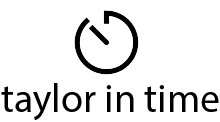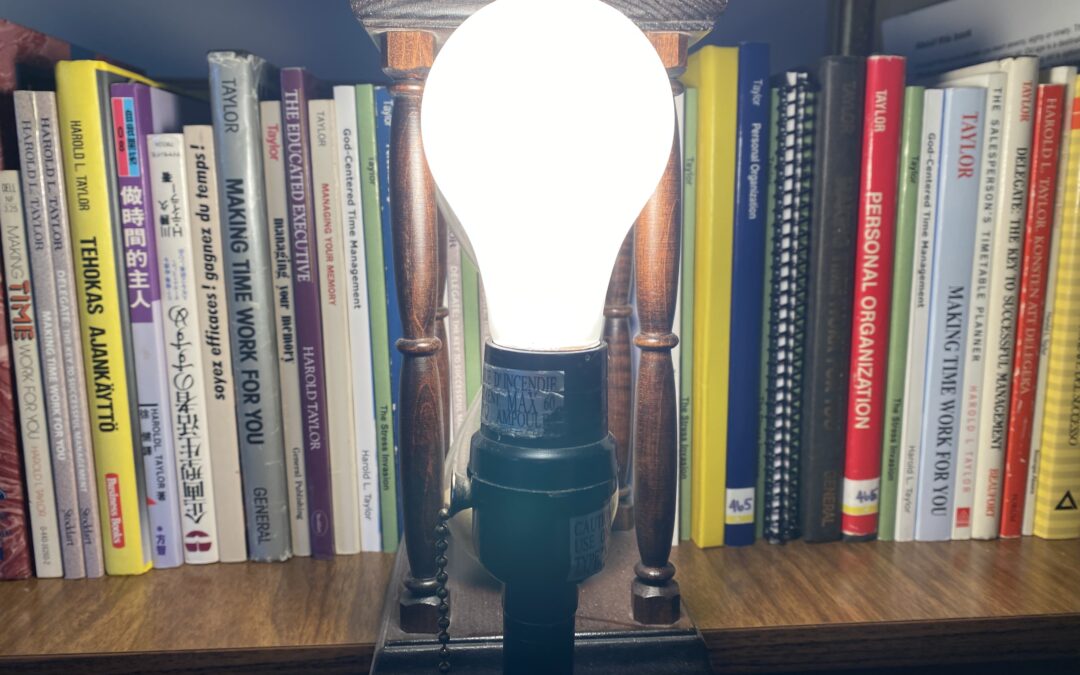In my last blog article, I indicated that the work environment has changed since Alan Lakein wrote his book about 50 years ago. In fact, our working environment is changing quite rapidly, but little has changed in the way we manage our time. It’s time we took another look at what still works and what doesn’t work. I also mentioned I would discuss time itself.
Theoretical physicist professor Lee Smolin, one of the founders of the Perimeter Institute for a Theoretical Physics in Ontario, Canada has spent a lot of time concluding that time is an illusion. Albert Einstein had already concluded something similar when he said, “People like us who believe in physics know that this distinction between past, present, and future is only a stubborn persistent illusion.” Stephen Hawking later seemed to confirm that according to quantum mechanics and statistical mechanics, time is imaginary. Someone also once said (Perhaps Einstein or Walt Kelly’s Pogo) that time is needed to prevent everything from happening at once.
Despite what anyone says, time is certainly real to most of us. And when I describe time, I prefer to do it metaphorically.
Time is like an endless conveyor belt that you hop on when you are born and hop off again when you die. People are hopping on and off this moving belt at different points. What you do while on this belt of life is up to you. You cannot influence the speed of the belt, even though it seems to go faster as you age. But by managing technology, work methods, and your brain, you can increase both the speed and ease of getting things done.
Time is simply the medium in which you get things done while you are here on earth. Time is like water in which fish travel and do whatever it is that fish do. The fish are unable to influence the water, except perhaps to pollute it, and remove oxygen from it. Or you could imagine that time is like the air in which birds fly. Time is more a medium than a resource.
Using the conveyor belt analogy, although the speed at which the belt of life travels never varies, many of the activities that take place on this belt do speed up, along with most of the people – sort of like walking or running on an airport’s moving sidewalks. For example, messages are sent by email instead of snail mail, many meetings are conducted online, and so on. The people involved in these activities try to multitask, work faster, take short-cuts, and feel obligated to keep up with everyone else or fall behind. This new digital age of speed obviously requires new or different time management strategies than most people are using.
For example, we should not work for just 25-minute increments of time, as suggested by the Pomodoro technique, and we should no longer avoid checking email in the morning or work exclusively from a to-do list. And we should never work through lunch time, or reduce the time we sleep, or work late on our computer. And never make hasty decisions except if it’s a life-threatening emergency.
Let’s look at the Pomodoro Technique first. It was not a good idea for business managers or staff to work for only 25-minute chunks of time. It leaves too many beginnings and endings. That may be good for memorizing information but not for getting more things done in a business environment. There is too much attention residue and retroactive and proactive interference produced over the average working day. It consumes more time and energy needlessly.
Francesco Cirillo developed the Pomodoro Technique as a university student. That’s how it got its name. Pomodoro is a sauce made from tomatoes and he called his study technique after the tomato-shaped kitchen timer he used. It spawned a variety of timers. (Now you need only use your smartphone if you want to know when 5 minutes, 25 minutes, or 90 minutes have passed.)
Twenty-five minutes is usually not enough time for what Cal Newport calls “deep work,” and certainly not enough time for Mihaly Csikszentmihalyi’s state of “flow.” The more recent suggestion is a period of 90 minutes, suggested by many authors (including myself who has been unsuccessfully suggesting it for over twenty years.) Details of how best to use the 90-minute rule will be left to a later blog, but there are many reasons it works, including how it fits with our ultradian rhythm. (You can search blog articles going back many years because it has been promoted many times in the past.)
But next I want to explain why you should always check your email in the morning – before working on the day’s priority. Yes, despite books that recommend the opposite.
Until then.


Recent Comments